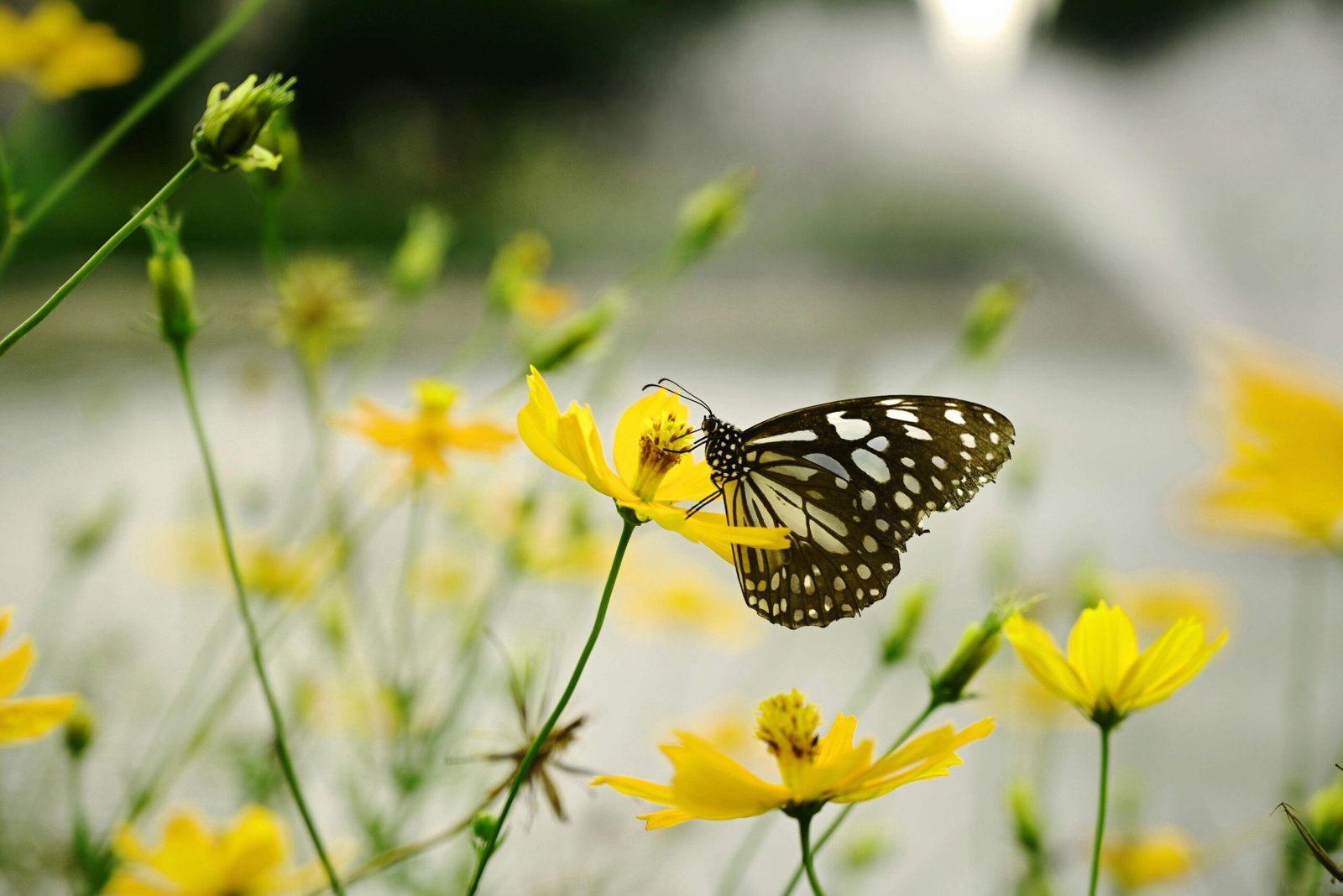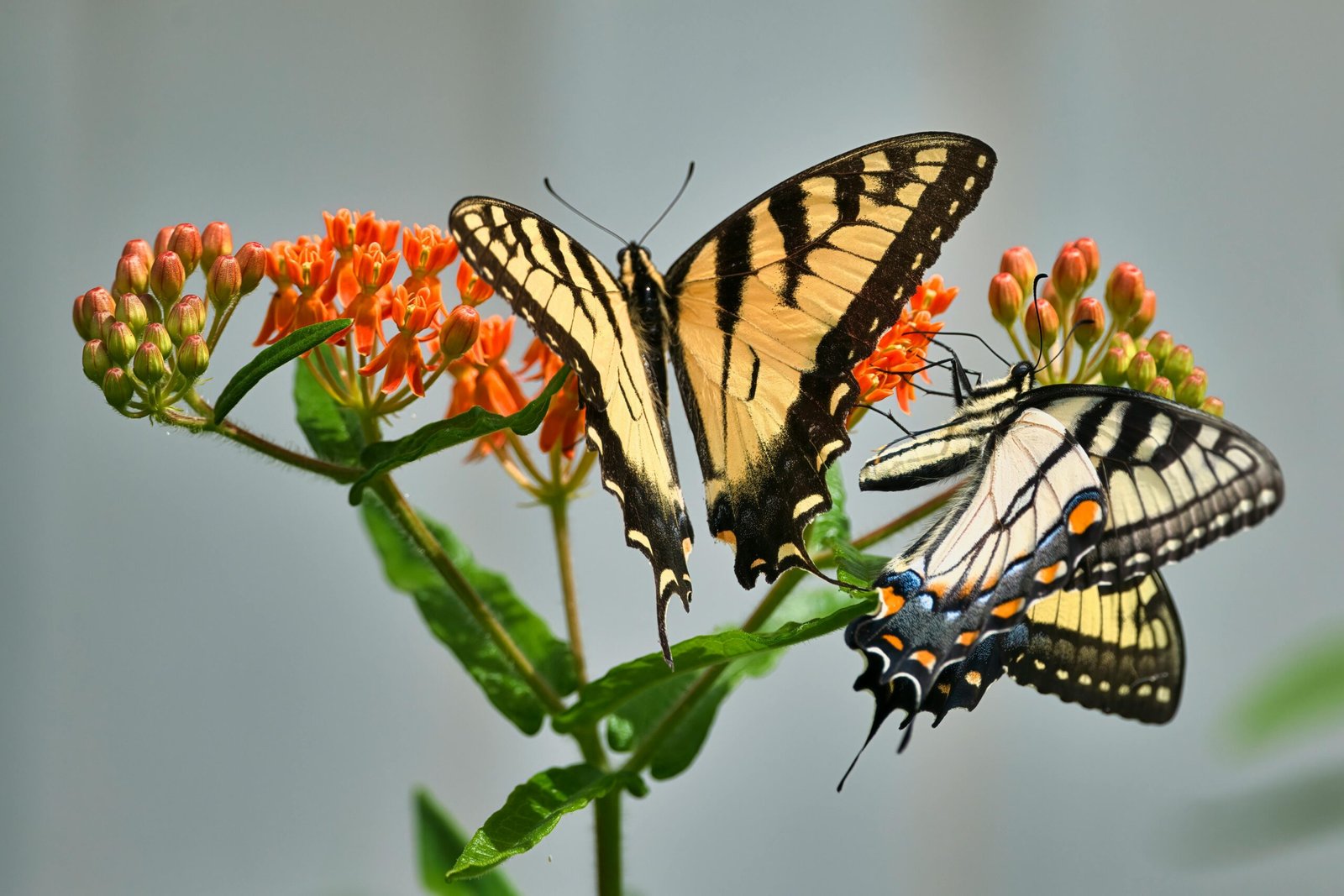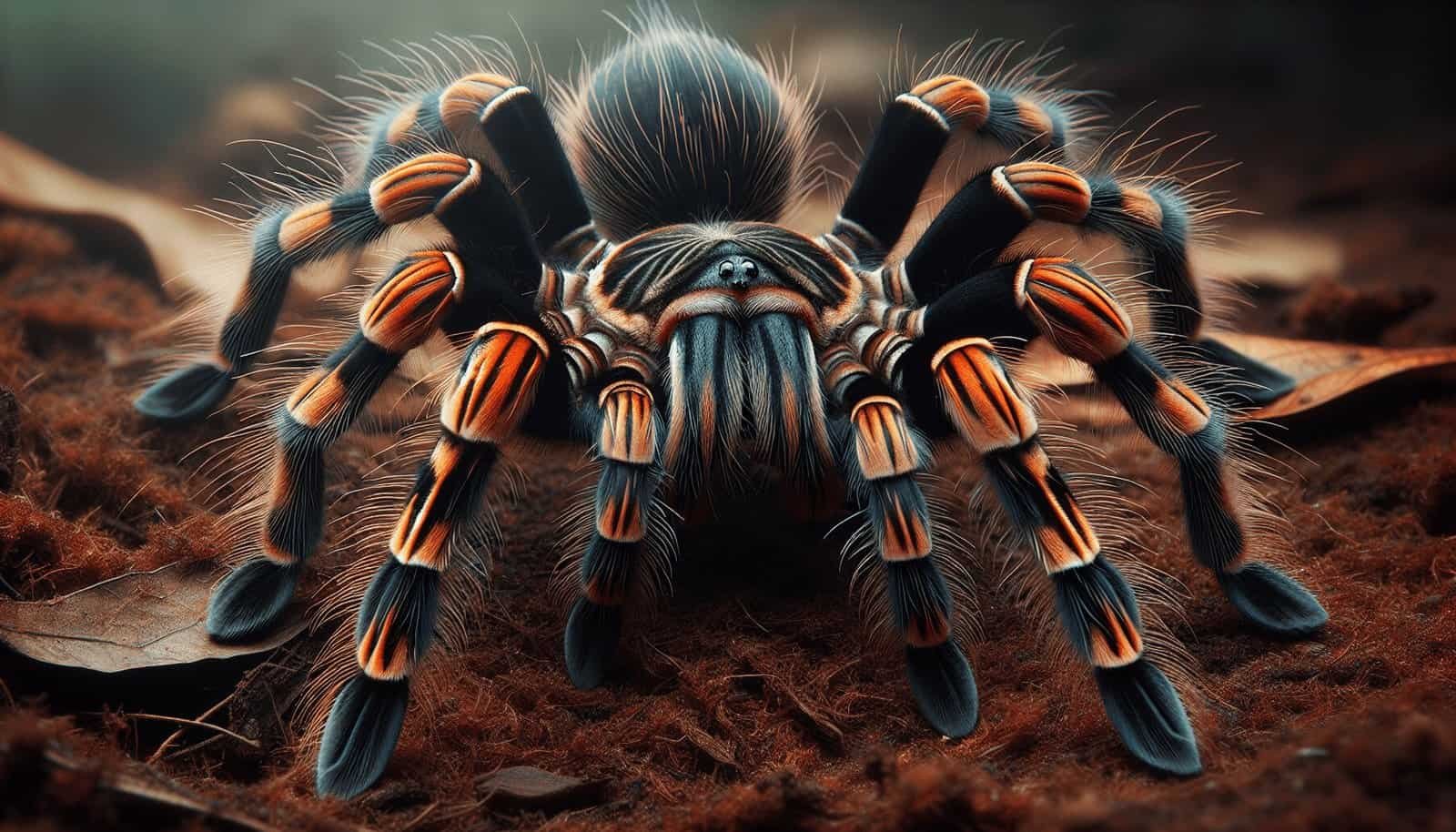Are you curious about the Malaysian Tiger Tarantula and its fascinating characteristics? This striking and nimble spider, known scientifically as Cyriopagopus schioedtei, is a marvel of nature. With its vibrant appearance and fast-moving nature, it’s no wonder this species catches the eyes of both arachnophiles and casual observers alike. Let’s delve into the world of the Malaysian Tiger Tarantula and explore its unique features, behavior, and habitat, and how you might care for one if you’re considering adding this tarantula to your collection.

Overview of the Malaysian Tiger Tarantula
The Malaysian Tiger Tarantula, native to the tropical forests of Malaysia, is renowned for its vibrant coloration and agility. This species exhibits sexual dimorphism, meaning that males and females have distinct differences in appearance and behavior. Known for being agile and somewhat defensive, these tarantulas make intriguing but challenging pets. Let’s discuss their origins and basic features to build a foundation for understanding their more specific characteristics.
Scientific Classification
Understanding the scientific classification helps place the Malaysian Tiger Tarantula in context within the broader family of tarantulas. Here’s a quick breakdown:
| Classification Category | Details |
|---|---|
| Kingdom | Animalia |
| Phylum | Arthropoda |
| Class | Arachnida |
| Order | Araneae |
| Family | Theraphosidae |
| Genus | Cyriopagopus |
| Species | C. schioedtei |
This classification indicates that the Malaysian Tiger Tarantula is part of the larger Theraphosidae family, known for its diverse and often striking tarantula species.
Physical Appearance
One of the most captivating aspects of the Malaysian Tiger Tarantula is its vibrant appearance. This species gets its name from the tiger-like stripes on its legs and body, which contrast beautifully with its generally dark coloration. Here are a few key physical characteristics:
- Coloration: Predominantly dark brown or black with bright orange or yellow stripes.
- Size: Females can reach up to 7 inches in leg span, while males are typically smaller, usually around 4-5 inches.
- Sexual Dimorphism: Females are bulkier and more robust, while males are slender with longer legs.
Habitat and Natural Environment
Understanding the natural habitat of the Malaysian Tiger Tarantula can give you insights into their behavior and needs. Native to the tropical rainforests of Malaysia, they thrive in high humidity and warm temperatures. They are terrestrial burrowers, often found in deep, silk-lined burrows in the forest floor.
- Climate: High humidity (70-80%) and temperatures ranging from 75°F to 85°F.
- Microhabitat: Dense forest cover with plenty of leaf litter and natural debris to create burrows.
Behavioral Characteristics
Behaviorally, the Malaysian Tiger Tarantula is quite distinct from other species. Its agility and defensive nature are noteworthy traits that anyone interested in this species should be aware of.
Activity Level
This tarantula is known for being one of the more active and agile species. Their fast movements are often a surprise, even to seasoned tarantula keepers.
- Speed: Fast-moving, which can make handling challenging.
- Activity: Known to be more active at night, mirroring their natural nocturnal tendencies.
Temperament
Understanding the temperament of the Malaysian Tiger Tarantula is crucial, especially if you’re considering keeping one as a pet.
- Defensiveness: They can be quite defensive and are prone to display threat postures when disturbed.
- Handling: Handling is not recommended due to their speed and defensive nature. They can deliver a painful bite if threatened.
- Webbing: These tarantulas are prolific webbers, often webbing extensively in their enclosures, which adds to their defensive mechanisms.
Feeding and Diet
A healthy diet is essential for the well-being of any tarantula. The Malaysian Tiger Tarantula’s diet in captivity should closely mimic that of its natural environment.
Natural Diet
In the wild, the Malaysian Tiger Tarantula is a carnivorous predator, feeding on a variety of insects and other small invertebrates.
- Common Prey: Crickets, roaches, grasshoppers, and occasionally small vertebrates like lizards or frogs.
Captive Diet
In captivity, their diet can be easily managed with a few key feeder insects.
- Primary Foods: Crickets, dubia roaches, and mealworms.
- Feeding Frequency: Juveniles should be fed more frequently (every 3-4 days), whereas adults can be fed once a week.
- Supplementation: Occasionally, you might provide calcium-dusted insects to support growth and health.
Feeding Schedule
Here’s a simple feeding schedule for different life stages of the Malaysian Tiger Tarantula:
| Life Stage | Feeding Frequency | Recommended Prey |
|---|---|---|
| Spiderlings | Every 2-3 days | Pinhead crickets, small roaches |
| Juveniles | Every 3-4 days | Small crickets, small mealworms |
| Adults | Once a week | Adult crickets, dubia roaches, superworms |
Hydration
Providing adequate hydration is also crucial. Fresh water should always be available in a shallow dish to prevent drowning.
Reproduction and Life Cycle
The reproductive habits and life cycle of the Malaysian Tiger Tarantula offer fascinating insights into their behavior and biology.
Mating Behavior
The mating process in tarantulas is both intricate and risky, especially for males. Males approach females cautiously, often drumming their legs to communicate their presence and intentions.
- Mating Rituals: Complex leg drumming, followed by careful approach.
- Risk Factors: Males are often at risk of being attacked or eaten by females after mating.
Egg Sac and Spiderlings
Once successfully mated, the female will produce an egg sac, which she guards diligently.
- Egg Sac Production: Females create a silk egg sac within a few weeks to a couple of months after mating.
- Incubation Period: The egg sac is usually incubated for around 6-8 weeks before hatching.
- Spiderling Care: Once hatched, spiderlings remain with the mother for a short period before dispersing. In captivity, they can be separated into individual vials to prevent cannibalism.
Life Span
Tarantulas have relatively long lifespans compared to other arachnids.
- Females: Can live up to 15 years or more.
- Males: Generally have shorter lifespans, typically around 5-7 years, as they often die shortly after reproduction.

Housing in Captivity
Creating a suitable environment for the Malaysian Tiger Tarantula in captivity is essential for its health and well-being.
Enclosure Setup
The enclosure should mimic their natural habitat as closely as possible.
- Size: A 10-gallon tank is adequate for an adult.
- Substrate: A deep layer of substrate (at least 4-6 inches) to allow for burrowing. Coco fiber, peat moss, and vermiculite mixtures work well.
- Hide: Provide several hiding spots using cork bark, half logs, or artificial caves.
- Decor: Adding plants and moss can help maintain humidity and offer a more natural setting.
Temperature and Humidity
Maintaining appropriate temperature and humidity levels is critical.
- Temperature: Keep the temperature between 75°F and 85°F.
- Humidity: Maintain a humidity level of 70-80%. Regular misting can help achieve this.
Lighting
Direct lighting is not necessary for tarantulas and can cause stress.
- Natural Light: Indirect natural light is sufficient.
- Avoid Heat Lamps: Heat lamps are not recommended as they can dry out the enclosure and overheat the tarantula.
Maintenance
Regular maintenance of the enclosure is necessary to keep your tarantula healthy.
- Cleaning: Spot clean the enclosure regularly to remove uneaten prey and waste.
- Water Dish: Ensure the water dish is clean and filled with fresh water.
- Substrate Replacement: Replace the substrate every 6 months or as needed to maintain hygiene.
Common Health Issues
Being aware of common health issues can help you take prompt action if your tarantula exhibits any signs of illness.
Molting Problems
Molting is a critical phase in a tarantula’s life cycle but can sometimes cause issues.
- Symptoms: Lethargy, refusal to eat, increased hiding.
- Care: Ensure high humidity during molting for smooth shedding.
Parasitic Infections
Parasitic infections can be detrimental to a tarantula’s health.
- Common Parasites: Mites and nematodes.
- Prevention: Maintain a clean enclosure and avoid overfeeding, which attracts pests.
Dehydration
Dehydration can quickly become a serious issue.
- Symptoms: Shriveling of the abdomen, lethargy.
- Prevention: Always provide fresh water and maintain proper humidity levels.

Conclusion
The Malaysian Tiger Tarantula is a captivating and dynamic species that demands respect and careful handling. From its vibrant appearance and swift movements to its specific habitat and dietary needs, understanding this tarantula’s characteristics can significantly enhance your experience as a caretaker. Whether you’re an experienced tarantula enthusiast or considering your first arachnid pet, this guide provides invaluable insights to help you appreciate and maintain these remarkable creatures. So, are you ready to embrace the challenge and wonder of keeping a Malaysian Tiger Tarantula?
